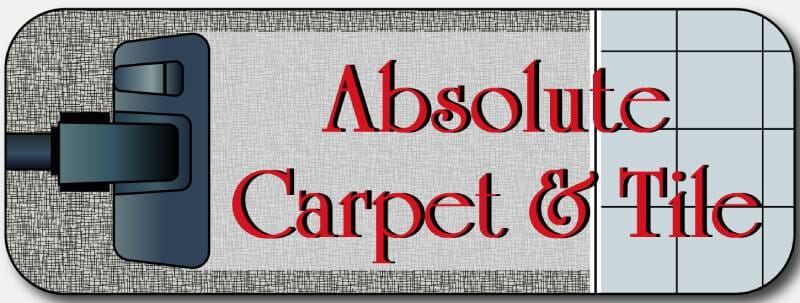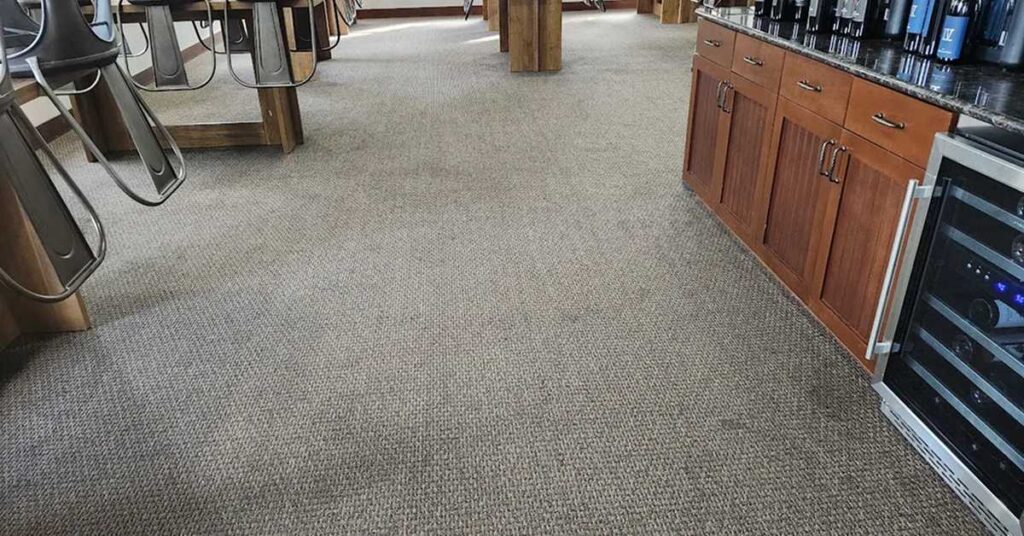Austin summers bring high temperatures and heavy humidity. This mix doesn’t just affect your comfort—it also takes a toll on your carpet and tile flooring. If left unchecked, the heat and moisture can lead to mold, odors, fading, and even permanent damage. Here’s what homeowners need to know to keep their floors in good shape all season long.
How Heat and Humidity Impact Your Floors
Austin’s Summer Climate
Austin’s summer temperatures often rise above 95°F. The humidity pushes moisture into the air and into your home. Your floors—especially carpet and grout—absorb this moisture. Without proper care, it creates long-term damage.
Why Floors Are Vulnerable
Carpet is made of fibers and padding that hold moisture. Tile is more resistant, but grout is porous and absorbs water easily. Both surfaces react to extreme summer conditions in different ways.
Effects of Summer Heat on Carpet
Mold and Mildew Growth
Humidity creates a damp environment inside carpet fibers. This makes it easier for mold and mildew to grow. You may notice dark spots, musty odors, or allergy symptoms. Mold can also damage the carpet backing and spread under the padding.
Dust Mites and Allergens
Dust mites thrive in warm, humid homes. These tiny pests feed on skin cells trapped in carpet. Along with pollen and pet dander, they can trigger sneezing, itching, and asthma.
Fiber Damage and Matting
Moisture weakens carpet fibers. Over time, this makes the carpet flatten or clump together. In high-traffic areas, fibers crush underfoot more quickly, especially if dirt and allergens are already stuck in the pile.
Buckling and Wrinkling
Humidity causes the carpet backing to swell or stretch. This leads to ripples, wrinkles, or loose spots. If left alone, the carpet can detach from tack strips and require re-stretching or replacement.
Lingering Odors
Spills, pet accidents, and sweat create odors. When humidity is high, these smells stay trapped in the carpet. Heat intensifies the odor, making your home feel less clean even after vacuuming.
Effects of Summer Heat on Tile
Grout Moisture Issues
Tile is dense and resists heat and water well. Grout, however, is vulnerable. Moisture can seep into unsealed grout lines. Over time, this can cause mildew, stains, and crumbling.
Expansion and Adhesive Stress
Tiles expand slightly in heat. Without enough space or proper adhesive, they may crack or pop loose. Summer heat shortens grout curing time during installation, which can affect bond strength.
UV Exposure and Fading
In rooms with large windows, sunlight can fade certain tile finishes or surrounding décor like rugs. UV rays can also discolor older grout or cause sealant breakdown over time.
How to Protect Your Floors in Austin’s Heat
Control Indoor Humidity
Keep your home’s humidity between 30% and 50%. Use a hygrometer to monitor levels. If humidity rises, run a dehumidifier—especially in bathrooms, laundry rooms, or entryways.
Increase Air Circulation
Turn on ceiling fans and leave interior doors open to improve airflow. Use bathroom and kitchen exhaust fans after showers or cooking to reduce moisture.
Block Direct Sunlight
Use blinds, curtains, or UV-blocking window film during the hottest hours of the day. This helps prevent fading and keeps flooring cooler.
Clean Regularly
Vacuum carpet two to three times a week. Clean tile floors with a mop and neutral cleaner. For grout, use a pH-balanced solution and a brush. Keep both surfaces dry to prevent mold or mildew buildup.
Address Spills Quickly
Wipe up liquids right away. Use a dry towel to blot the area. Avoid rubbing, which pushes moisture deeper. For carpet, follow up with a fan or air mover to speed drying.
Choose Materials That Handle Humidity
For Carpet
Pick synthetic fibers like nylon or polyester. These resist mold better than wool. Use moisture-resistant carpet padding and make sure your installer follows best practices for tack strip placement and sealing.
For Tile
Select porcelain or ceramic tile for humid areas. These materials absorb less water than natural stone. Ask your installer to use a high-quality grout sealer and flexible adhesives that allow for thermal movement.
Floor Maintenance Tip Sheet
| Task | How Often | Why It Matters |
|---|---|---|
| Vacuum carpets | 2–3 times per week | Removes dust, dander, and allergens |
| Deep clean carpets | Every 6–12 months | Eliminates trapped dirt and moisture |
| Mop tile floors | Weekly | Keeps surface clean and prevents mold growth |
| Seal grout | Once a year | Blocks moisture from soaking into grout lines |
| Monitor humidity | Weekly (more in summer) | Helps you catch high moisture levels early |
| Check carpet for ripples | Monthly visual check | Catches early signs of buckling or separation |
When to Call a Professional
Call a floor cleaning expert if you:
- Notice musty smells or damp carpet even with good airflow
- See visible mold, mildew, or black spots on the carpet or grout
- Spot ripples, wrinkles, or detachment in carpet seams
- Find cracked, discolored, or flaking grout lines
- Want help sealing grout or installing moisture-resistant padding
At Absolute Carpet & Tile, we’ve served Austin homes since 2009. We know how to clean and protect flooring in Texas heat. Our certified team is trained to remove moisture, stains, and odors safely—and we stand by our work with honest, reliable service.
Final Thoughts
Austin’s summer heat and humidity put stress on your carpet and tile. But with the right care and quick action, you can prevent damage and extend the life of your floors. Use dehumidifiers, clean regularly, and tackle small problems early.
Need help? Call Absolute Carpet & Tile. We’re local, experienced, and ready to help your floors stay fresh all summer long.


